Here's the circuit in your link:-

Initially SCR2 is triggered to charge the capacitor through the load. Once the capacitor has charged up to the supply voltage SCR2 will turn off when current drops below its holding current.
If SCR1 is then triggered to power the load, the capacitor will discharge through the diode and inductor (which is now connected to V+ through SCR1). During this time the inductor produces an opposing voltage that is proportional to the rate of current change (principle of inductance).
The inductor and capacitor form a tuned circuit, so current rises until the capacitor is completely discharged, then starts to drop. Now the current change is negative so the inductor produces opposite voltage, charging the capacitor up in the opposite direction. In a tuned circuit this cycle would normally continue producing a sine wave, but the diode stops the capacitor from discharging again.
Now that the capacitor has 'negative' voltage on it, the '-' side is more positive than the supply. If SCR2 is again triggered it discharges the capacitor into the load, bypassing SCR1 which now turns off because it has negative voltage across it.
To illustrate the waveforms I simulated part of the circuit in LTspice. This graph shows the voltage across the capacitor, so it goes from positive (charged from V+ to V-) to negative ('reverse' charged by the inductor). In the actual circuit it generated a positive voltage of ~9V above the 10V supply.


